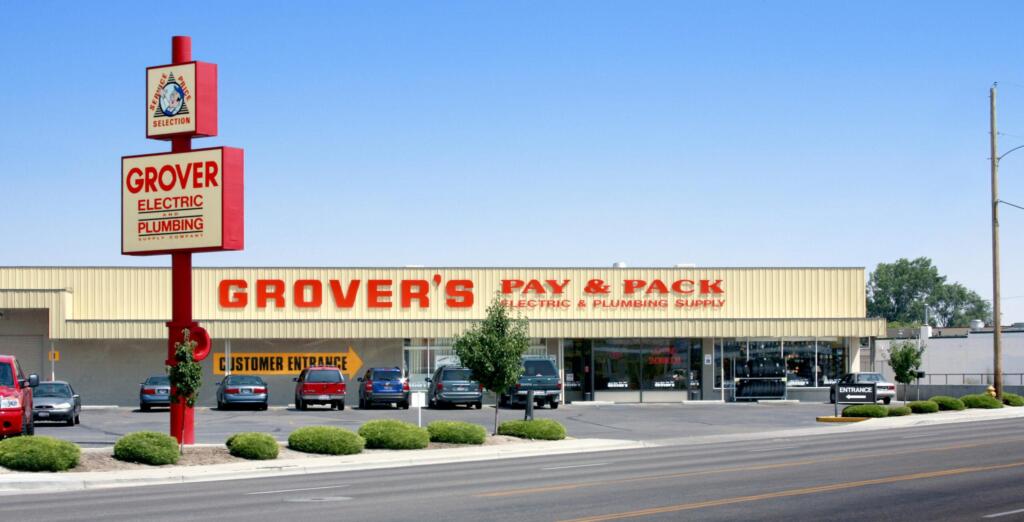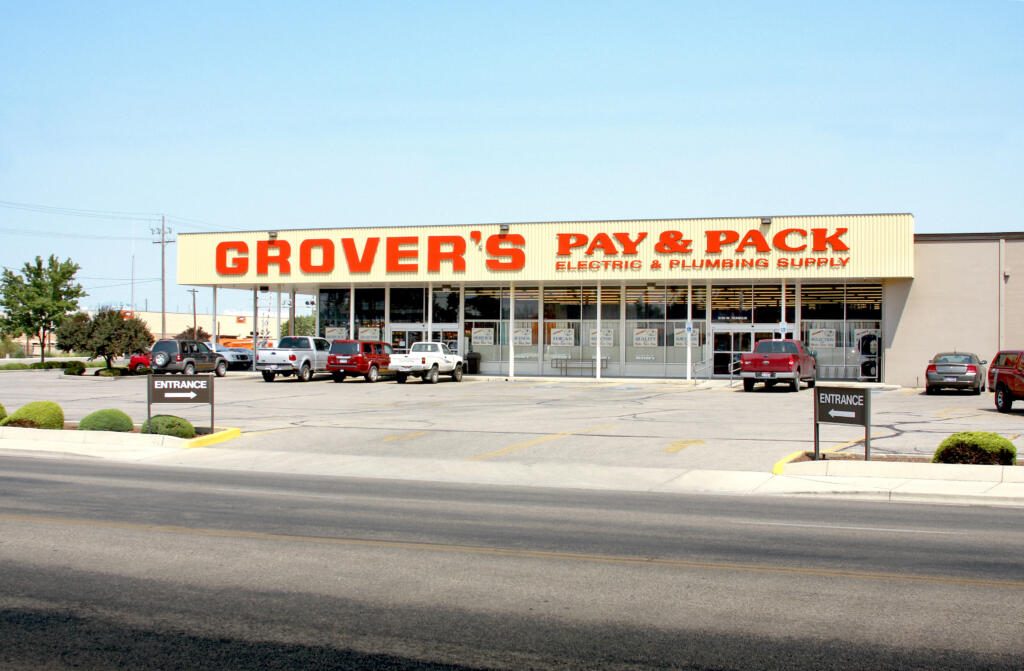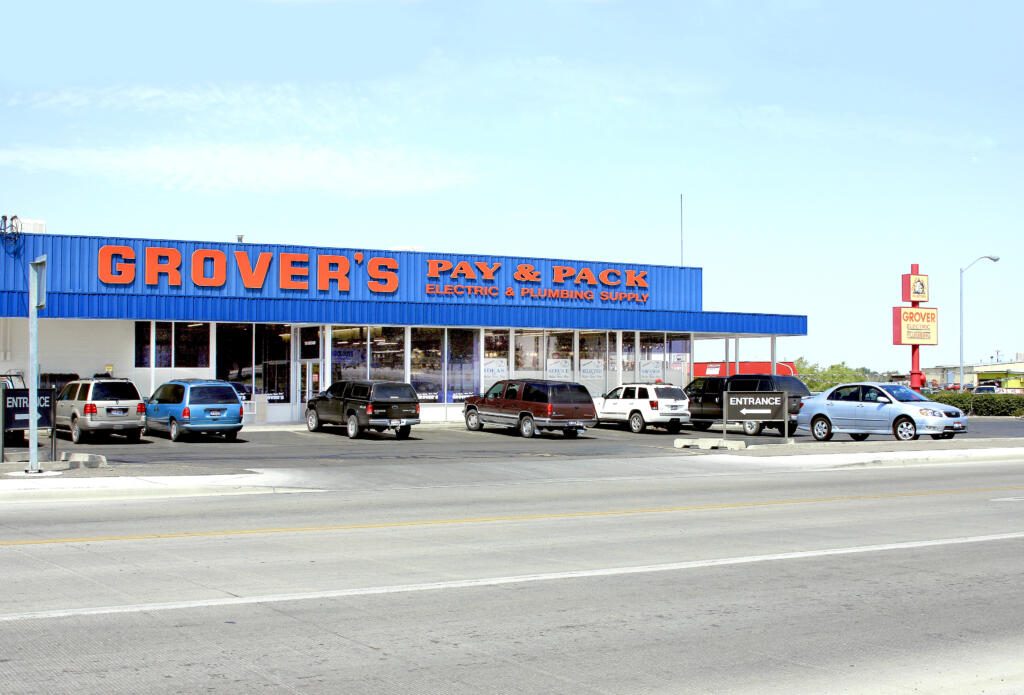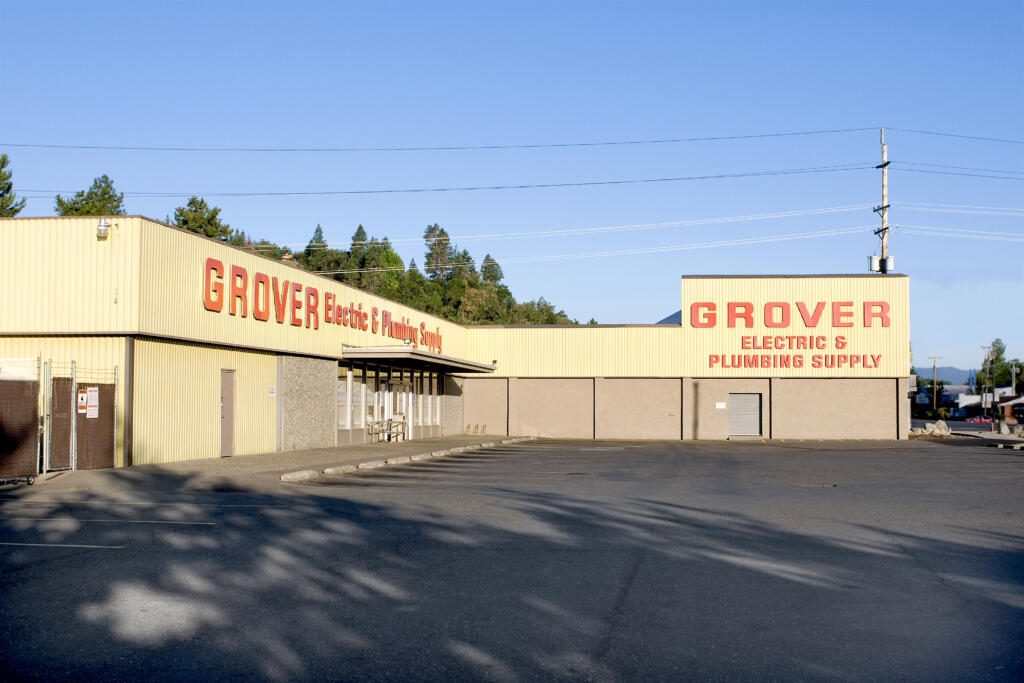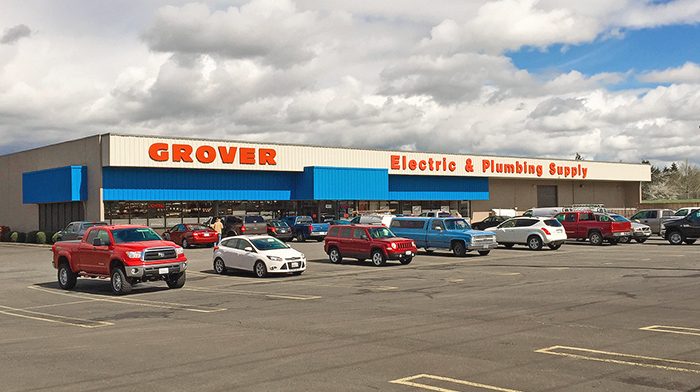Disclaimer: Always adhere to local building codes and safety regulations during installation. This guide is provided for informational purposes, and professional consultation is recommended for complex projects.
Understanding PVC Pipe Applications
PVC pipe is primarily used in potable water systems, underground piping, and sprinkler irrigation systems. It is also suitable for transporting many chemicals, making it a versatile choice for various industrial applications. Before selecting PVC pipe for any special projects, it’s crucial to confirm the suitability and compatibility of PVC with the materials being transported or the conditions of the environment.Advantages of PVC Pipe
PVC pipe offers several benefits that make it a preferred choice for many projects:- Low Cost: Both the initial installation and ongoing maintenance costs are lower than those for other materials.
- Easy Installation: Lightweight (one-sixth the weight of steel) and easy to cut and join.
- Durability: Resistant to rust, rot, and corrosion.
- Non-reactive: Does not impart taste, odors, or toxicity to water.
- Efficiency: Features a smooth interior surface that prevents build-up, allowing for greater flow and lower pressure loss.
- Chemical Resistance: Capable of transporting most chemicals without degradation.
Selecting the Right PVC Pipe
When choosing PVC pipe, consider the application’s specific requirements, including pressure ratings, fluid compatibility, and environmental conditions. PVC pipes come in various sizes and thicknesses, which are suitable for different applications:- Schedule 40 PVC is used for lower pressure applications and is commonly found in residential water supply lines.
- Schedule 80 PVC has a thicker wall and is better suited for higher pressure applications, often used in industrial settings.
Installation Guide
Preparation:
- Measuring and Cutting: Measure the length of pipe needed and cut using a miter box or a plastic pipe cutter to ensure a square cut. Avoid diagonal cuts as they reduce the bonding area in the joint.
- Cleaning: Remove all burrs with a file or knife. Clean the pipe and fittings to remove any dirt and grease.
- Dry Fitting: Before gluing, insert the pipe into the fitting to check for a snug fit. The pipe should go at least one-third of the way into the fitting under light pressure.
Joining:
- Priming: Apply PVC primer to the outside of the pipe and the inside of the fitting. This step is crucial as it prepares the surfaces for bonding.
- Cementing: Apply PVC cement to both the pipe and the fitting immediately after priming. Ensure there are no gaps in the cement.
- Assembly: Quickly insert the pipe into the fitting while turning it a quarter turn to ensure an even distribution of cement. Hold in place for a few seconds to prevent the pipe from pushing out.
Trenching and Installation:
- Trenching: Dig a trench deep enough to protect the pipe from potential damage (at least 18 inches deep or below the frost line). Place a layer of sand or soft soil at the bottom of rocky trenches to protect the pipe.
- Placing the Pipe: Lay the pipe in the trench, allowing for some side-to-side movement to accommodate temperature-induced expansion or contraction.
- Backfilling: Initially cover the pipe with 6 inches of rock-free dirt by hand, especially around the joints. Once tested for leaks and inspected, complete the backfilling using machinery.
Testing:
- Conduct pressure testing to ensure there are no leaks, particularly if the installation is for water supply. Any leaking joints should be cut out and replaced.
Size Selection Water Delivery Chart for Schedule 40 PVC Pipe
Based on 60 PSI at Source and Maintaining 40 PSI at Head
| Pipe Size | 100' | 200' | 300' | 400' | 500' |
| 1/2" | 7 gpm | 5 gpm | 4 gpm | 3 gpm | 3 gpm |
| 3/4" | 16 gpm | 11 gpm | 8 gpm | 7 gpm | 6 gpm |
| 1" | 30 gpm | 20 gpm | 16 gpm | 14 gpm | 12 gpm |
| 1-1/4" | 62 gpm | 43 gpm | 34 gpm | 29 gpm | 26 gpm |
| 1-1/2" | 94 gpm | 64 gpm | 52 gpm | 44 gpm | 39 gpm |
| 2" | 182 gpm | 125 gpm | 100 gpm | 86 gpm | 76 gpm |
Low Pressure Municipal Service Based on 45 PSI at Source and Maintaining 35 PSI at Head
| Pipe Size | 100' | 200' | 300' | 400' | 500' |
| 1/2" | 5 gpm | 3 gpm | 3 gpm | 2 gpm | 2 gpm |
| 3/4" | 11 gpm | 7 gpm | 6 gpm | 5 gpm | 4 gpm |
| 1" | 20 gpm | 14 gpm | 11 gpm | 10 gpm | 8 gpm |
| 1-1/4" | 43 gpm | 29 gpm | 23 gpm | 20 gpm | 18 gpm |
| 1-1/2" | 64 gpm | 44 gpm | 35 gpm | 30 gpm | 27 gpm |
| 2" | 125 gpm | 86 gpm | 69 gpm | 59 gpm | 52 gpm |
Average Water Well System Based on 35 PSI at Tank and Maintaining 30 PSI at Head
| Pipe Size | 100' | 200' | 300' | 400' | 500' |
| 1/2" | 3 gpm | 2 gpm | 2 gpm | 1.5 gpm | 1.5 gpm |
| 3/4" | 7.5 gpm | 5 gpm | 4 gpm | 3.5 gpm | 3 gpm |
| 1" | 14 gpm | 10 gpm | 8 gpm | 7 gpm | 6 gpm |
| 1-1/4" | 29 gpm | 20 gpm | 16 gpm | 14 gpm | 12 gpm |
| 1-1/2" | 44 gpm | 30 gpm | 24 gpm | 21 gpm | 18 gpm |
| 2" | 86 gpm | 59 gpm | 48 gpm | 41 gpm | 36 gpm |
Usage Notes:
- Caution: The shaded flow values in the original chart indicate flows with velocities in excess of 5 feet per second (fps). It is recommended to maintain flow velocities of 5 fps or less to prevent pipe wear and noise issues.
- Chart Application: To use this chart, find the column for the distance you need to cover and move down until you reach a number that is as large as or larger than the gallons per minute you need. The row where this number is found indicates the size of the pipe you need.

